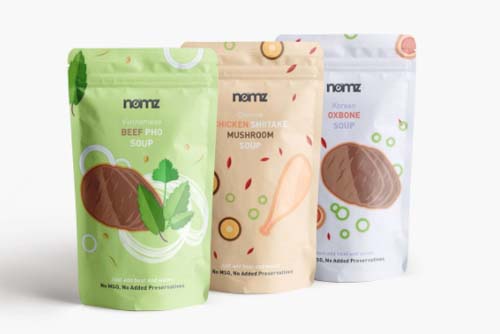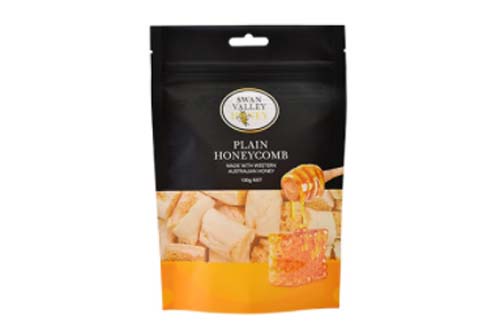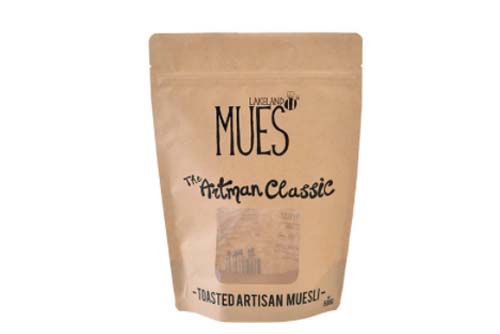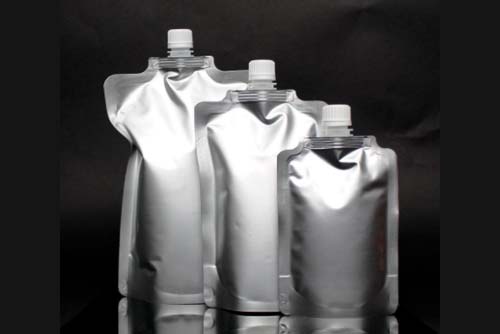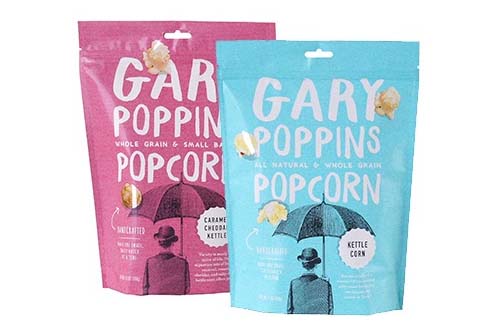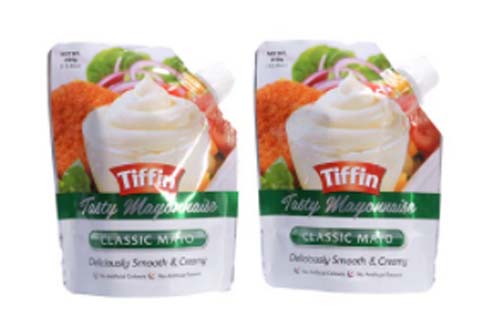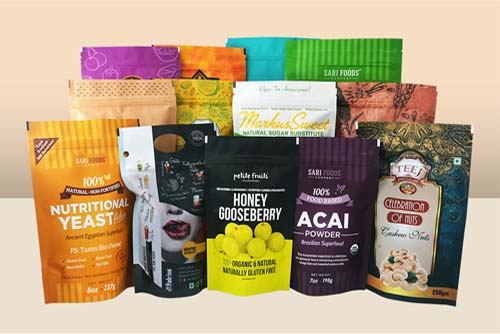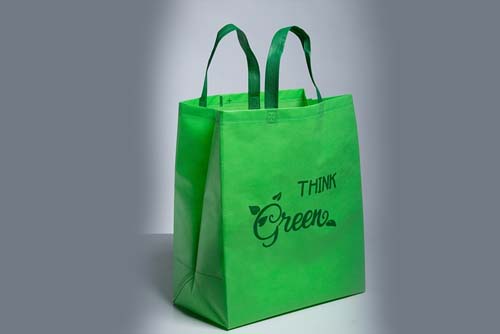
Source: Pixabay
It is no longer a topic of debate on whether plastics are bad for the environment; it has been proven over and over again how negatively they have impacted the environment. This has forced many countries and flexible packaging manufacturers to start reconsidering the place of plastic in our lives, leading to new rules and regulations that have stifled the manufacturing of plastic related items.
However, humans depend on plastics, which has created a new problem; if plastics are that bad, what can be used in their place? The answer to that comes in the form of eco-friendly alternatives that scientists and manufacturers alike are currently researching and developing.
The following are some of the top eco-friendly packaging ideas that are being implemented now and in the near future.
Table of Contents
LogosPack
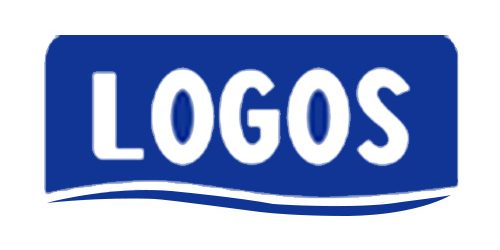
Company Details
- Location: Fushan, China
- Company type: Manufacturing and Packaging
- Year founded: 2005
- Number of employees: -
- Key Products: Flexible Packaging
Other products include:
LogosPack was established in 2005 amid growing demand for high-quality flexible packaging products in China and beyond. To plug that deficit, the company quickly established itself as the number one maker of plastic materials in Fushan, and within no time, they were getting orders from other parts of the vast Asian nation.
Today, LogosPack handles even international flexible packaging supplier exports and continues to create high quality recycled product packaging like spout pouches that are used in the food and beverage industries, big pharma, chemical industries, among many others.
Recycled Cardboard and Paper
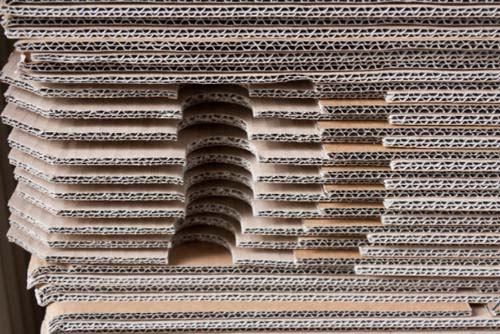
Source: Pixabay
Paper and cardboard, unlike plastic, are made from wood, which is a biodegradable material. But the one thing that makes them the ideal alternative to plastics is their ability to be recycled many times over for the same purpose.
All types of paper products are collected from various places, shredded into smaller particles, beaten into a pulp, and converted into eco-friendly retail packaging material. This helps reduce the need to cut down trees to create more paper in a very significant way. In a way, this is akin to killing two birds with one stone. The best route to take here would be to collect already used paper materials from residential communities where their usage is always at an all-time high rather than sourcing raw materials directly from nature.
Seaweed Packaging

Source: Pixabay
When the idea of using seaweed for packaging was floated, not many people saw how that would be tactical, but it was pulled off with amazing results. Basically, seaweed is one of the most abundant plants on the planet, found in all the oceans around the world. They have a high growth rate, which means there will always be a constant supply for them, and they can be harvested without impacting the environment much.
Seaweed packaging contains a gelatinous substance called agar that can be used as a natural thickener. Scientists have found ways to take advantage of that property to create sustainable packaging materials that are biodegradable. Their roll-out is still on hold at the moment because there’s still much development needed in that area, but there’s no telling what may be achieved in the near future.
Corrugated Bubble Wraps
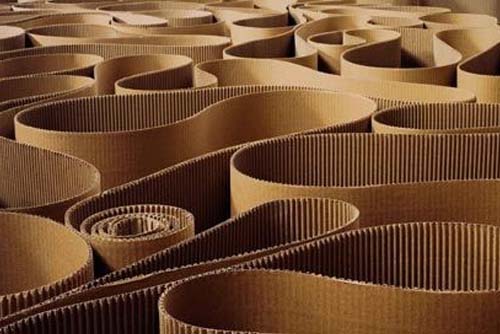
Source: Pixabay
Everyone is familiar with bubble wraps used to protect fragile items being handled by kids. As much as they are convenient, they are also a hazard to the environment. But rather than scrape them away altogether, a better and sustainable alternative called the corrugated bubble wrap is being developed. What a good eco-packaging manufacturer does here is to cut corrugated cardboard into tiny pieces that are used as cushioning materials, providing the needed shock absorber effects that bubble wraps used to provide.
Corrugated bubble wraps are biodegradable, can be reused many times over, and do serve the function they were designed for. The only disadvantage is that you will not get the same satisfaction of popping the bubbles once you have unwrapped the contents of the packaging.
Cornstarch Packaging
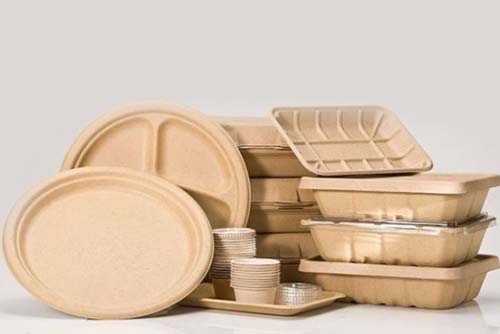
Source: lekac.com
Cornstarch packaging was one of the earliest attempts at finding an alternative form of eco-friendly custom packaging that would replace plastics. Corn is one of the most widely available plants on earth that is used both as food for humans and animals. One unique thing about it is that it has plastic-like properties that can be utilized in various ways and contexts to mold all forms of shapes that can be used for packaging purposes.
The main advantage of using this as a packaging alternative is that it is organic, and even when it is thrown out once it is used up, it can go back to the environment without any need for recycling. The only disadvantage is the amount of corn that’s needed to make a single packaging; it is an unsustainable option since corn is a staple food for a large number of people and animals, and this will create competition for food, creating more problems.
Mushroom Packaging
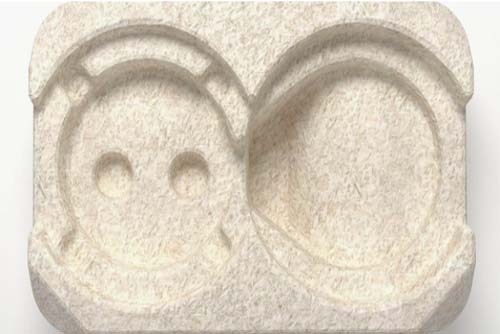
Source: theecobahn.com
Mushrooms are sources of a certain special compound called mycelium. Once this compound is mixed with other organic agricultural wastes, it creates a matrix mesh with bonds strong enough to form a continuous material that can be used as a packaging material once it has undergone some extra chemical treatments. Mushroom packaging addresses the main concern that was raised by cornstarch packaging, and that’s the competition for food.
Mushroom packaging mainly makes use of agricultural waste to create compostable packaging, something that was already deemed unusable. This provides enough raw materials for as many packaging products to be produced with minimal loss of human and animal food.
Biodegradable Packaging Peanuts
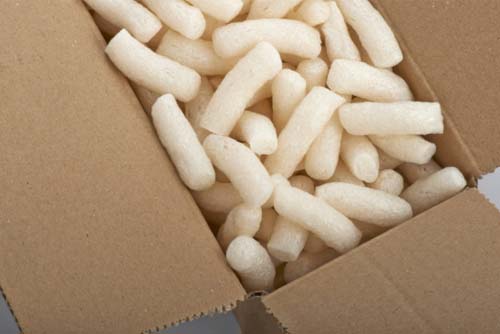
Source: www.theboxguy.com
Peanuts have also been identified as a possible alternative to non-sustainable packaging options that we currently have. Styrofoam is the specific packaging option that packaging peanuts are going to replace.
Styrofoam was considered a revolutionary biodegradable packaging solution for the plastic menace, but that was before it was discovered that as much as it was not like plastic, it was almost just as bad due to its high durability in the ecosystem. There isn’t much information about biodegradable peanut packaging since it is still deep in development, but it is expected to be one of the many biodegradable packaging solutions of the near future.
Organic Fabrics
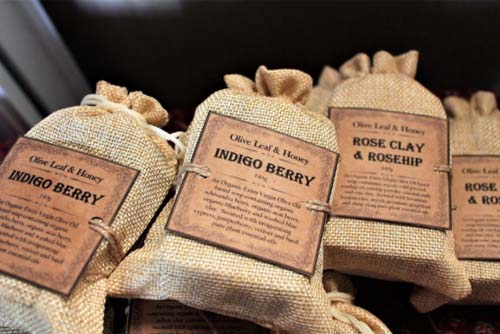
Source: sufio.com
Organic fabrics are sustainable bags that are created from wide-ranging options of materials like hemp, grass, recycled cotton, palm leaves, tapioca, and a host of other fiber-based plants that grow around the world. They are the most viable ideas on this list that have already been put into implementation in many parts of the world already.
The standout feature that makes these eco-friendly packaging materials the right fit is their short lifespan once they are discarded; it takes a much shorter time for them to decompose and be integrated back into nature, which cuts down the need for expensive recycling processes. You simply use it as much as you can until it wears down and you dispose of it correctly in a compost heap to be used as fertilizers to grow more of the same plants.
Eco-Friendly Packaging: Why We Should Care
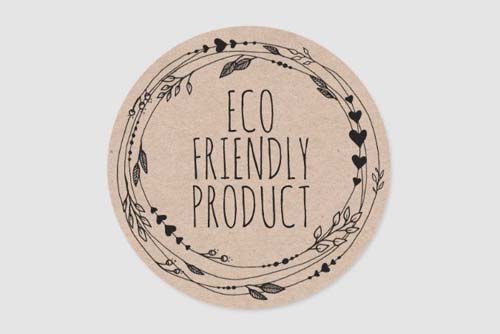
Source: Pinterest
A lot has been said over the years about how pollution is stifling life on the planet, that the message tends to be lost in translation and sideshows. Eco-friendly packaging is just one of the many efforts by humans to stop the degradation of the environment, but why should all human beings care?
Oil is getting depleted, and since they are the main raw materials for making plastics, it is time we started thinking about their substitutes before that time arrives.
Plastics are killing animals in the oceans. It is estimated that about 8 million tons of plastics end up in our oceans every single year. This has not only poisoned the water by the release of toxic materials, but it has suffocated animals like turtles, dolphins, and birds.
Humans are getting sick in the process. We get our food from the ecosystem, and once that has been poisoned by plastics, all the toxic substances are consumed by the animals that we end up feeding on, increasing chances of developing dangerous diseases in our bodies.
Conclusion
The topic of eco-friendly packaging is no longer an opinion or a suggestion, global warming is a fact, and if nothing is done fast, life on the planet will be in trouble. To learn more about sustainable packaging solutions and how you can reduce your carbon footprint as a manufacturer, feel free to visit our website and get all the information you may need on that subject.


